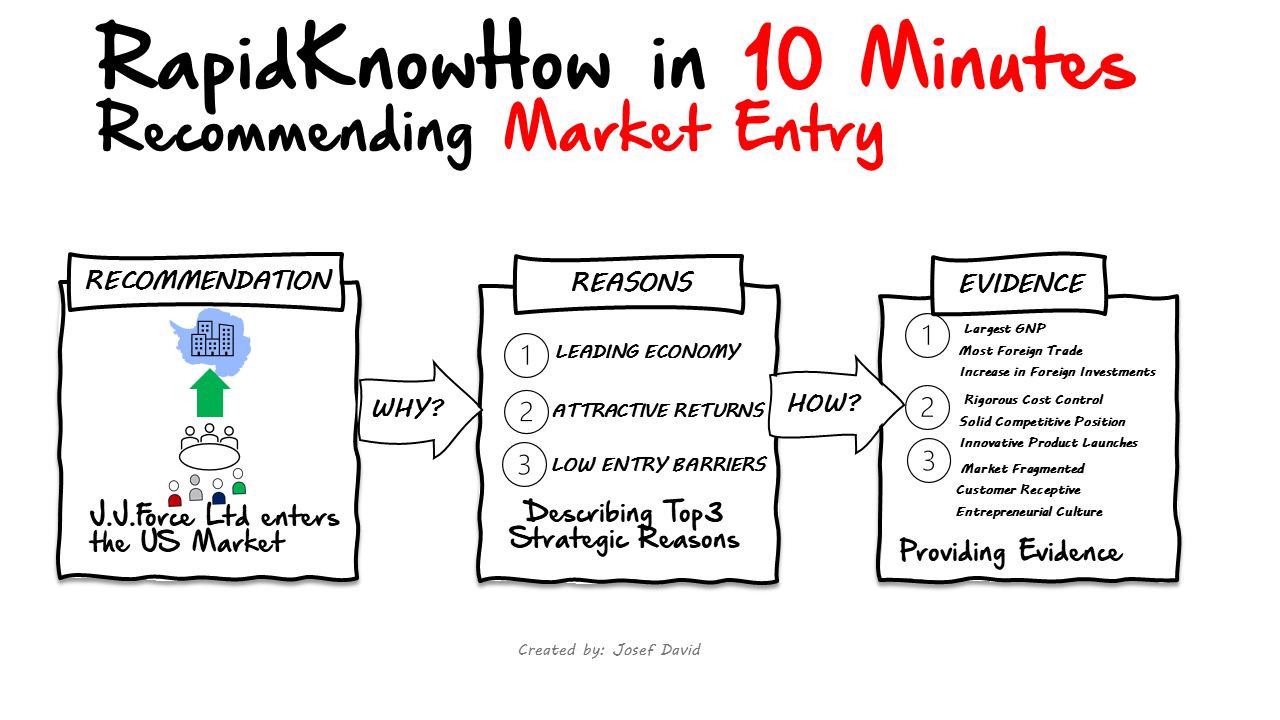Definition
An Industrial Gas Leader as a Sustainability Leader is a company that not only excels in the production and distribution of industrial gases but also prioritizes sustainability in its operations and offerings. This involves adopting practices that minimize environmental impact, enhance resource efficiency, and contribute positively to societal goals, including reducing carbon emissions and conserving energy.
Framing
In today’s industrial landscape, sustainability is increasingly becoming a focal point for organizations, particularly in the industrial gas sector. Key considerations for framing this role include:
- Regulatory Compliance: Adapting to regulations aimed at reducing greenhouse gas emissions and promoting environmental protection.
- Market Demand: Responding to growing customer and investor demand for sustainable practices and products.
- Innovation in Sustainability: Exploring innovative technologies and processes that enhance sustainability in industrial gas production and application.
Re-Framing
To effectively position themselves as sustainability leaders, industrial gas companies may consider the following reframing strategies:
Holistic Sustainability Approach:
- Emphasize not only environmental sustainability but also social and economic dimensions, creating a well-rounded sustainability strategy.
Life Cycle Perspective:
- Adopt a life cycle approach to product development, assessing the environmental impact of industrial gases from production to end use and beyond.
Stakeholder Collaboration:
- Build relationships with stakeholders, including customers, regulators, and communities, to collectively address sustainability challenges and opportunities.
Strategic Actions
To achieve leadership in sustainability, industrial gas organizations can implement the following strategic actions:
Invest in Sustainable Technologies:
- Develop and deploy innovative technologies such as carbon capture and storage (CCS), renewable hydrogen production, and energy-efficient processes to reduce emissions.
Enhance Supply Chain Efficiency:
- Optimize logistics and supply chain operations to minimize carbon footprint, including more efficient transportation methods and localized sourcing.
Sustainability Reporting and Accountability:
- Establish transparent metrics and reporting systems to monitor and communicate sustainability performance, thereby building trust with stakeholders.
Case Studies
Case Study 1: Air Products and their Carbon Neutrality Goal
- Air Products aims to become carbon neutral by 2050 by investing in sustainable energy solutions and carbon capture technologies. Their commitment includes deploying large-scale hydrogen production facilities that utilize renewable energy sources, showcasing leadership in sustainability in the industrial gas sector.
Case Study 2: Linde’s Sustainability Initiatives
- Linde has implemented various initiatives focused on sustainability, including reducing greenhouse gas emissions by integrating renewable energy solutions across operations. They adopted a comprehensive sustainability strategy that includes continuous improvement in energy efficiency and collaboration with customers for sustainable gas solutions.
Conclusion
As Industrial Gas Leaders, organizations must embrace their role as Sustainability Leaders.
By prioritizing sustainable practices and integrating them into their core business strategies, these companies can not only comply with regulations but also fulfill the evolving expectations of customers and stakeholders.
This approach fosters resilience and positions them effectively for future challenges in the industry.
Get Started in3 Steps
Assess Current Sustainability Practices:
- Conduct a thorough evaluation of current operations, emissions, and resource use to identify strengths and areas for improvement in sustainability.
Set Clear Sustainability Goals:
- Define specific, measurable, achievable, relevant, and time-bound (SMART) goals related to sustainability, such as reducing carbon emissions, enhancing energy efficiency, and promoting circular economy initiatives.
Engage Stakeholders:
- Involve employees, customers, suppliers, and communities in the development and implementation of sustainability strategies to foster collaboration, gain insights, and build broader support for initiatives.
By taking these steps, industrial gas organizations can position themselves as leaders in sustainability while positively impacting their operations, reputation, and contributions to a more sustainable world.





